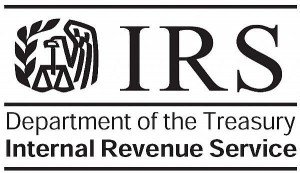In a recent speech at the mid-year conference of the Tax Executives Institute, IRS Deputy Commissioner Steven T. Miller laid out the framework for the future of IRS corporate audits. To borrow Mr. Miller’s own assessment, this is bad news for large corporate taxpayers in the CIC (Coordinated Industry Case) program (i.e., the IRS is not going away) and it is also bad news for so-called middle market companies because they will be the new focus of the Internal Revenue Service’s audit scrutiny. 
The new strategy Mr. Miller announced will use existing programs geared at CIC taxpayers, such as the IIR (Industry Issue Resolution) program, CAP (Compliance Assurance Process) and Schedule UTP (Uncertain Tax Positions), to increase transparency among large companies and thereby reduce the resources required to examine those companies. The strategy is to take revenue agents currently assigned to large corporations (those with over $1 billion in assets) and redeploy them to auditing taxpayers with revenues or assets between $10 million and $250 million. Miller went on to outline in some detail the steps the IRS will be taking to accomplish this new mission.
There are a number of takeaways here. At least three changes can be expected immediately. The incremental changes that large corporate taxpayers have been experiencing in recent years will continue. The IRS will expect more information, sooner, and more quickly. Mr. Miller was clear. If information requested in an IDR (Information Document Request) is not forthcoming, the IRS Summons power will be used to enforce revenue agent’s demands. Second, the IRS intends to bring its influence to bear upon the Office of Appeals. The IRS will request that Appeals Officers return cases to exam where new facts or arguments are raised for the first time in an Appeals Conference. This signals a further encroachment on the autonomy of an Appeals function that is already restricted in its consideration of coordinated issues, tiered issues and issues of interest. Third, The importance of Schedule UTP will only grow as the IRS reviews and refines its use of this tool to encourage taxpayer disclosures. Mr. Miller noted that those taxpayers who provided inadequate concise descriptions of positions on their 2010 Schedule UTP will be contacted by the IRS and should expect to have future returns reviewed.
The changes will not all be immediate however. The IRS is a large vessel and it cannot turn on a dime. However, once this ship changes course, as it appears it has committed to do, then the impact on the middle market will be significant. Mr. Miller mentioned a focus on companies with operations and assets of less than $250 million but there are still a number of companies in the $250 million to $1 billion range that also should expect to see increased audit activity. These likely will be the first companies to face new IRS examinations if only because they have already filed at least one Schedule UTP giving the IRS a good starting point. Once those companies with less than $100 million in assets are required to include a Schedule UTP with their Form 1120 (beginning in 2012 for those with $50 million in assets), many more corporate taxpayers can expect to hear from revenue agents wanting to open multi-year audits. The new direction is not limited to middle market corporate filers. Mr. Miller also made it clear that the new direction for LB&I will include an emphasis on pass through entities and financial products. Change is on the horizon.



